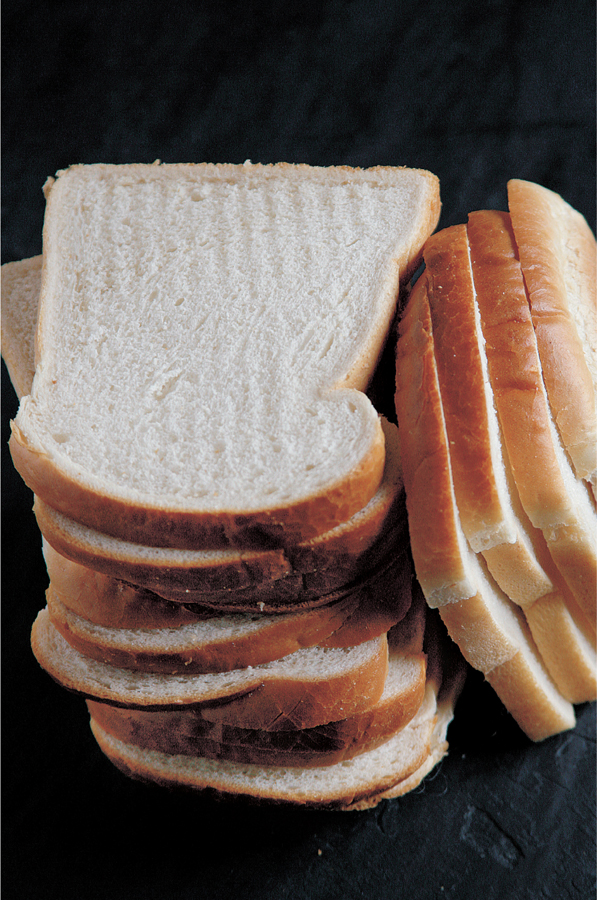
Every baker has his own terms and expressions. These are mine:
Working the dough – the kneading technique that most people are taught in Britain is quite different from the one we use in France, which is all about getting air and life into the dough. So, instead of using the word kneading (which sounds too harsh) I prefer to talk about working the dough.
Resting – this is the time when the worked dough is left, usually for about 1 hour, covered with a tea towel, in a warm, draught-free place, during which time it will rise to around double its volume and develop its structure, while the flavour matures. ‘Where is this warm, draught-free place?’ ‘Warm’ is after all quite a loose term which might suggest different things to different people. What I mean by warm is the ambient temperature in my kitchen after I have had the oven on since early morning (around 25–30°C). You can use a microwave (turned off, of course), or a kitchen cupboard – but I would avoid using an airing cupboard, as is often suggested, as it will dry out the dough too much, likewise the top of your cooker, which will also be too hot. If you do feel that your dough is drying out as it rests, move it away from any obvious heat source and spray some water onto the top of the tea towel that covers it.
Folding – usually in Britain I find people are taught to ‘knock back’ the dough to take the air out of it once it has rested. I hate that term – it suggests you need to bash the dough to bits, but you should be much more gentle with it. I just turn the dough upside down, then fold the outside edges of dough in on themselves a few times, pressing down each time, and turning the dough around to form it into a ball. Folding and pressing down the dough is also the moulding technique I use to mould the dough into different shapes.
Proving – this is the time when the dough is left again, after it has been moulded, or shaped into loaves, rolls, etc. Again it will expand to around just under double its volume – this will usually take around 1 hour. The reason I say ‘just under’ double is that, until you get a feel for baking it isn’t always easy to guage that moment when the volume of your dough has doubled, and you will get better results if you slightly under-prove your bread, than if you over-prove it.
Baking – it may sound obvious, but bread is ‘baked’ not ‘cooked’. I often hear people talking about ‘cooking’ bread, which to me is as weird as hearing someone saying they’re going to ‘bake’ a piece of beef.
Ferment – some bakers use the term ‘levain’, which means the same thing – a piece of dough that has been left at least 4–6 hours to ‘ferment’ and which adds character and flavour and lightens the finished bread. A few of the breads use a ‘poolish’, which is just the name for a particular style of ferment.
Colour Chart – when you start baking and read things like ‘bake until golden brown’ it doesn’t necessarily mean that much – so I thought I would help by giving you a colour chart, showing the various shades the crust will go through as you continue to bake.
Note: Of course this only really applies to breads made with white, olive or sweet dough as brown or rye bread will necessarily be darker.

shop-bought loaf typically contains
wheatflour, water, yeast, wheat protein, salt, vinegar, dextrose, soya flour, vegetable fat, emulsifier E472e (mono-and diacetyle tartaric acid esters of mono-and diglycerides of fatty acids), flour treatment agent E300 (absorbic acid), preservative calcium propionate (to inhibit mould growth)
home-made loaf contains
flour, yeast, salt, water